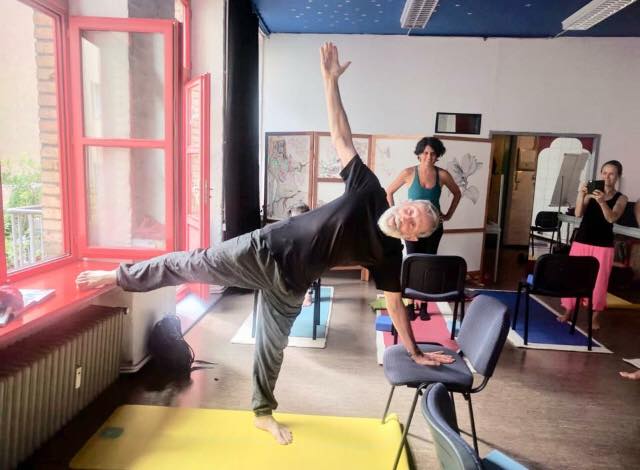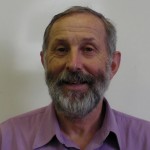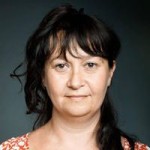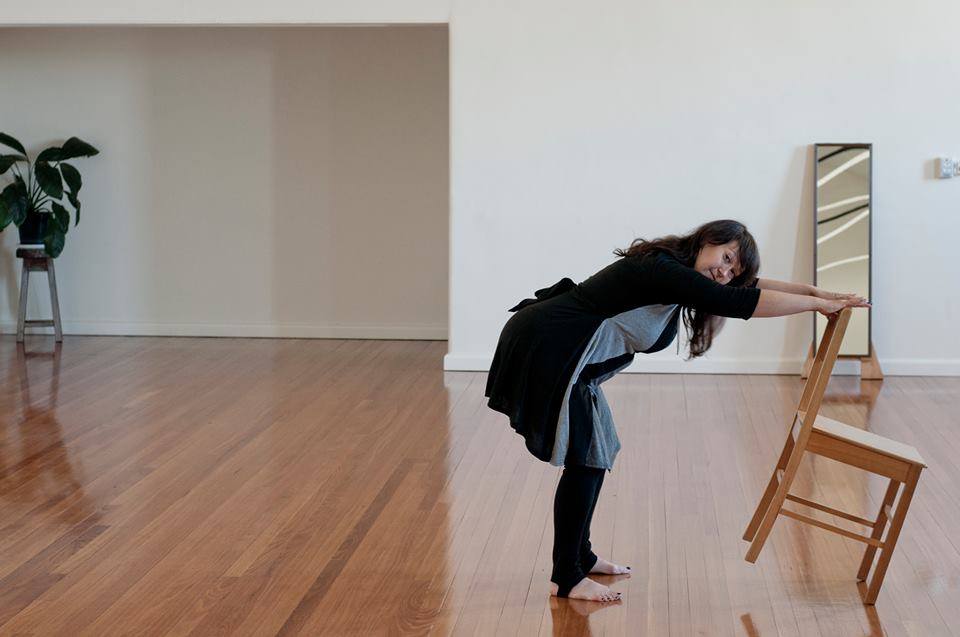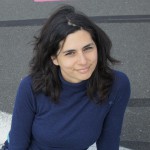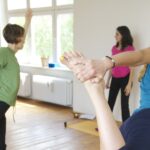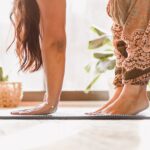During Alexander Technique lessons the student learns how to break deeply embedded habits and create new ones. This happens while working together with a teacher in different positions: sitting; standing; walking; laying down on a massage table (aka table work). While the teacher performs table work, new students often misunderstand this part of the lesson as receiving a massage. However, although there can be similarities, table work differs to massage in many ways.
Direct Versus Indirect Approach
A massage therapist works with a direct approach. What this means is that they often release tension through using a deep tissue touch. They often focus on a specific problem that there client might be feeling in their body, and are working directly to release the tension around that problem. An Alexander Technique (AT) teacher, on the other hand, uses an indirect approach while performing table work. Their touch is a very light touch and does not go into deep tissue release. The release the student experiences is through giving themselves directions while assisted by the teacher’s hands. If a student is experiencing a specific problem, say pain in the shoulder blade, an AT teacher will not work directly with the shoulder blade or nearby muscles. Instead, they will focus on the coordination of the whole body and thus affect the shoulder blade indirectly.
A massage predominantly addresses muscles which then gives a feeling of release to their client. Table work predominantly addresses the nervous system which also gives a feeling of release, through enhancing overall coordination. Both methods provide release. One approaches it directly, the other one approaches it indirectly.
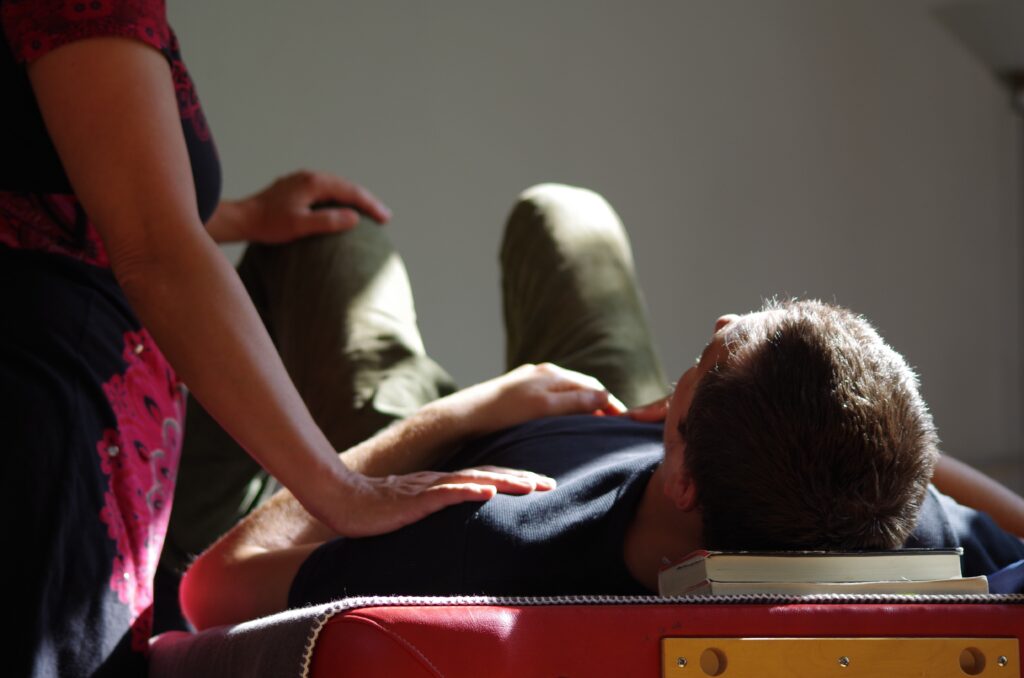
Photo by Joerg Asshoff 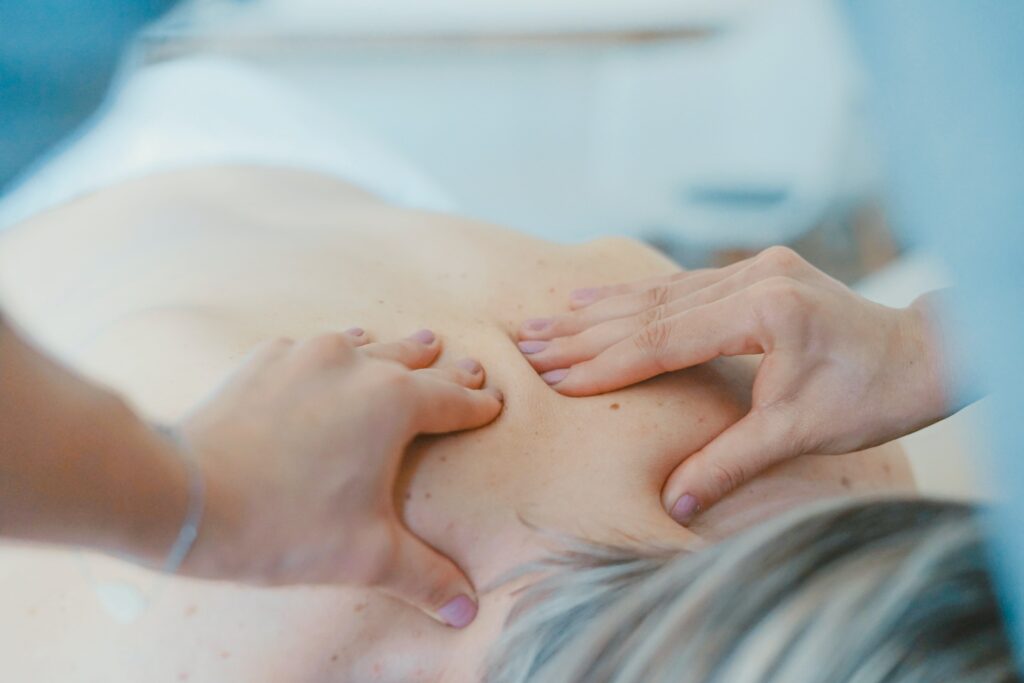
Photo by Toa Heftiba on Unsplash
Student Versus Client
In the Alexander Technique we talk of ‘students’ and ‘teachers’. In massage there is the ‘massage therapist’ and ‘the client’. What is the difference?
The Alexander Technique is a learning method and a re-education of our nervous system. When receiving a class there is active participation from the student, even during table work. The teacher’s light touch only gives the student a stimulus inviting them to be active in their release process.
Receiving a massage, on the other hand, tends to be more uni-directional. The massage therapist gives the massage, the client receives it. The massage is something that is done to the client, and requires no active participation from the client. Massage offers an experience to the client, while table work offers a release of undue tension with the purpose to help the student experience and learn to use their body differently.
Let us take the previous example of the pain in the shoulder blade. A massage can work on releasing that pain, but it will not focus on how the student got the pain in the first place. The Alexander Technique will work on recognizing the habits that brought around the issue. It is a learning process, involving a student and a teacher.
Massage often is about relaxation, healing and therapy with a massage therapist providing the experience. An Alexander Technique teacher, is more focused on the learning process of the students and its nervous system. Although the Alexander Technique has therapeutic effects, these are more a by-product of the technique. The focus is learning.
Lying Down Versus Semi Supine
In most massages the clients are laying down on their backs or on their bellies with the legs stretched out.
In table work, the students are laying down in the semi supine pose. This pose is used in order to create the most balanced relationship between our neck, head, and back. Again, the purpose here is the coordination of the whole body.
Skin Contact Versus Clothes
Many massage methods (but definitely not all of them) require you to take your clothes off so that the massage therapist works directly with skin contact and oils. In AT table work, the student keeps their clothes on and there is no direct skin contact. It is, however, recommended that the student wears comfortable clothing that allows the teacher to move the legs and arms easily.
Eyes Open Versus Eyes Closed
From my understanding, in most massages the client can choose what they do with their eyes. It is common for people to close their eyes when they undergo a deep relaxation and a release of tension. Thus, although closing the eyes is not explicitly asked for during massage, it tends to happen on its own.
In the Alexander Technique the student is asked to keep their eyes open during table work – if not for the whole time, then at least most of the time. This was for me, personally, very challenging at the beginning. The reason for open eyes is to learn to let go while remaining present with the world around us. We often get carried away with the visual stimuli in our every day life. Part of the AT re-education includes ‘how can I be with you and stay with myself at the same time?’
So How Does massage differ to Alexander Technique Table Work?
First, let me say that I am using a very general term here when I am referring to massage. Massage comes in many different shapes and forms. There are massages with clothes on and off; massages with different degrees of therapeutic capacities; massages that when done regularly are also creating a re-learning and re-organizing of the body.
The purpose of this article is to try and create a more accurate picture of what to expect during AT table work.
So to sum it all up, here is what to expect:
- The teacher uses a very light touch creating a stimulus for the student’s body to do the releasing.
- The teacher will use an indirect approach and will focus on the overall coordination of the body.
- Even during table work the student is invited to actively participate in the release of tension.
- Therapeutic effects are by-products of the Alexander Technique. The focus is on re-education, not healing.
- The student lies down in the semi-supine during table work.
- Table work happens with clothes on.
- The student is invited to keep their eyes open.
About the Author:
Pinelopi is in her 3rd year of the Alexander Technique teacher training course, studying with Jorg Asshof in Berlin. She is now taking on Alexander Technique tester students. She is working at half price (25€) until she graduates in the spring of 2023.
Pinelopi completed a 600 hour Hatha Yoga Teacher and Vedantic Philosophy Training course over a period of two years in Valencia, Spain. For over a decade, she has worked as a full-time yoga teacher in Spain and in 2010 she founded English Yoga Berlin. Currently she is deepening her knowledge through Leslie Kaminoff’s Yoga Anatomy Course, David Moore’s “Injury-free yoga” applying the Alexander Technique postural alignment to all yoga poses. Her workshops and retreats are inspired by Tara Brach‘s teachings.




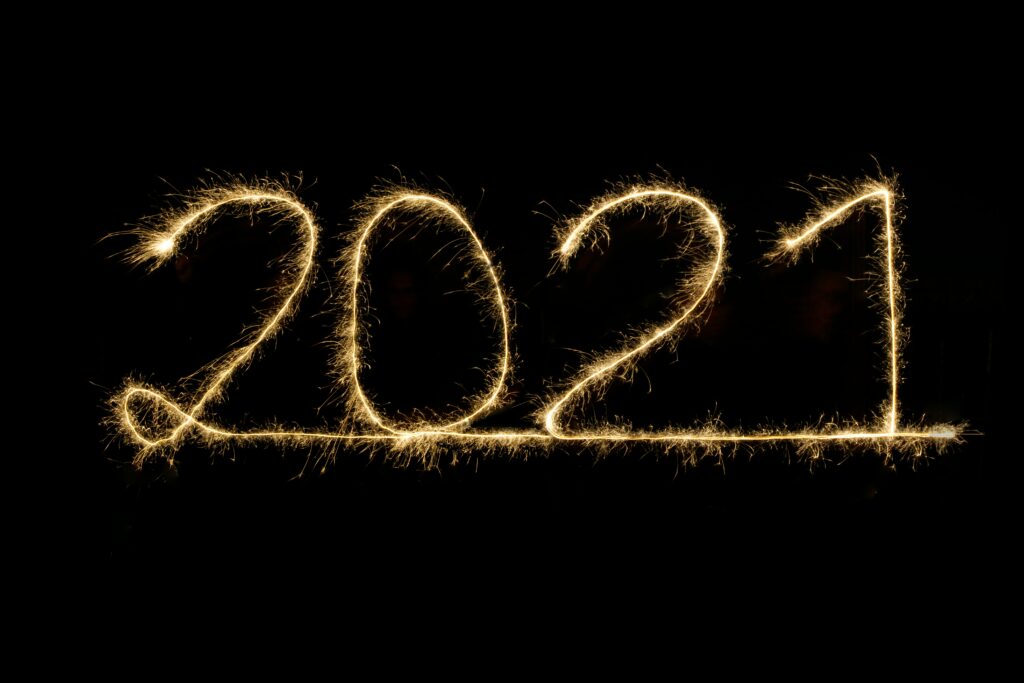
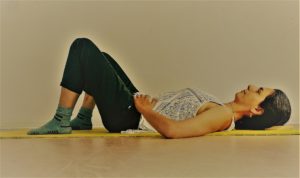 Lay down on your back with your head placed on top of some books for support (5 to 8cm as a starting point). Put the soles of your feet on the floor with your knees facing upwards towards the ceiling. Place your hands on the belly with the elbows pointing outwards
Lay down on your back with your head placed on top of some books for support (5 to 8cm as a starting point). Put the soles of your feet on the floor with your knees facing upwards towards the ceiling. Place your hands on the belly with the elbows pointing outwards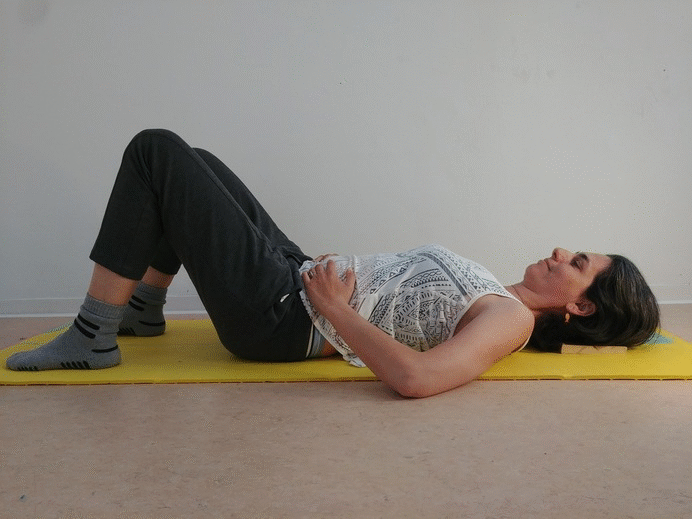
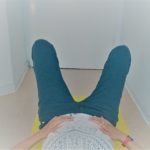
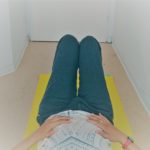 If you feel that you wanted to bring the knees inwards, you could try placing your feet closer to each other. If you feel that you wanted to let your knees go outwards, you could place the feet a bit further apart from each other. Do these changes to your feet make it easier for your knees to be pointing upwards without tension? Did this also bring a subtle change to the pathway of weight distribution in the soles of your feet?
If you feel that you wanted to bring the knees inwards, you could try placing your feet closer to each other. If you feel that you wanted to let your knees go outwards, you could place the feet a bit further apart from each other. Do these changes to your feet make it easier for your knees to be pointing upwards without tension? Did this also bring a subtle change to the pathway of weight distribution in the soles of your feet?
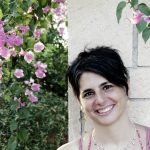
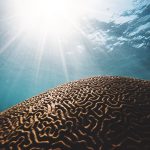 Yoga Retreat “Beyond the Thinking Mind”
Yoga Retreat “Beyond the Thinking Mind”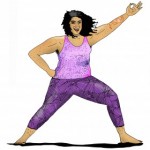 Deutschsprachige FLTI* Yoga
Deutschsprachige FLTI* Yoga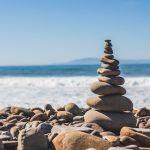 Alexander Technique Teacher Training
Alexander Technique Teacher Training